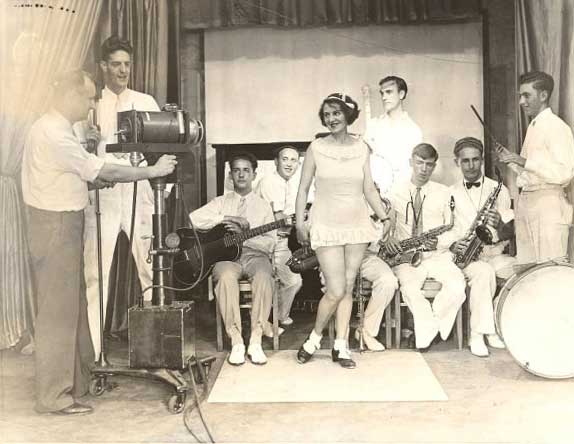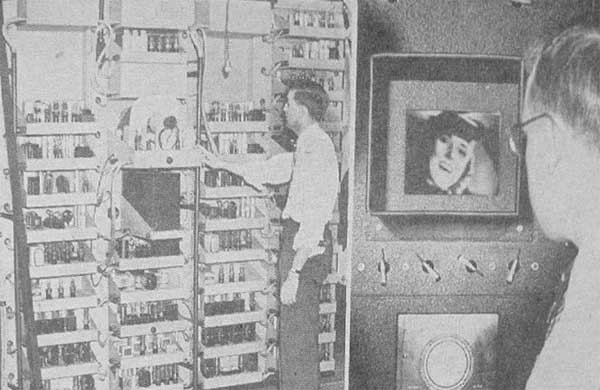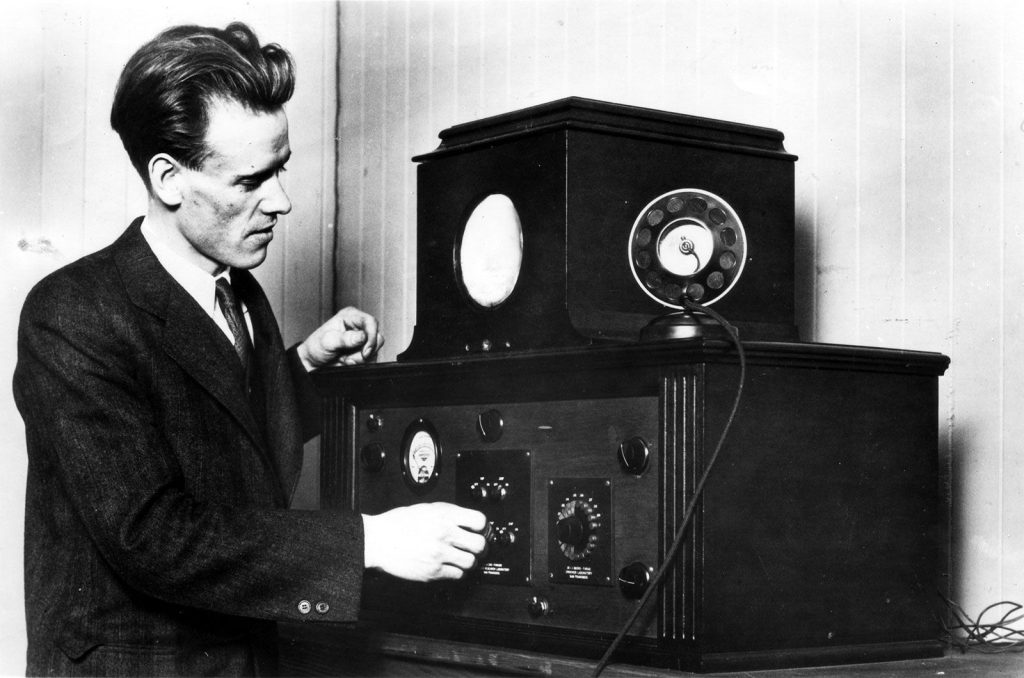Introduction to the Farnsworth TV

The invention of the television is a story that intertwines science, innovation, and perseverance. At the heart of this narrative is Philo T. Farnsworth, an American inventor who revolutionized the way we receive and view information. His development of the first all-electronic television system marked a significant milestone in the history of technology. This article explores the origins of the Farnsworth TV, its impact on modern media, and the legacy of its creator.
Early Life and Inspiration
Philo Taylor Farnsworth II was born on August 19, 1906, in Beaver, Utah. From a young age, he displayed a remarkable aptitude for science and technology. As a teenager, Farnsworth became fascinated with the concept of television, believing that mechanical systems would be too slow to transmit images effectively. He envisioned an electronic system that could scan and assemble images at a much faster rate.
By the age of 15, Farnsworth had already conceptualized the basic principles of electronic television. His early experiments led him to develop the “image dissector,” a camera tube that could capture and transmit images electronically. This breakthrough laid the foundation for the Farnsworth TV, which would later become a cornerstone of modern television technology.
The First Successful Transmission
In 1927, Farnsworth achieved a historic milestone by successfully transmitting the first electronic television signal. This momentous event took place in his laboratory in San Francisco, where he demonstrated the capabilities of his image dissector. The transmission featured a single thin line scratched into a smoked glass slide, marking the beginning of a new era in visual communication.
Farnsworth’s patent application for his television system was filed in January 1927, showcasing his innovative approach to capturing and transmitting images. This patent described a complete television transmission system, from image capture to reproduction on a receiver. It was a testament to his vision and technical prowess, as he managed to achieve what many would take a lifetime to accomplish.
The Patent War with RCA
Despite his groundbreaking work, Farnsworth faced challenges from larger corporations, particularly the Radio Corporation of America (RCA). In 1930, RCA, under the leadership of David Sarnoff, sought to acquire Farnsworth’s patents. They offered him $100,000 for his image dissector, but Farnsworth refused, determined to protect his intellectual property.
This decision sparked a lengthy patent war between Farnsworth and RCA. The legal battles centered around the priority of invention, with RCA claiming that Vladimir Zworykin’s earlier patent for the iconoscope should take precedence. However, the U.S. Patent Office ultimately ruled in favor of Farnsworth, recognizing his contributions to the development of electronic television.
Legacy and Impact
Although Farnsworth’s image dissector did not become the standard for broadcast television, it played a crucial role in the evolution of television technology. The iconoscope, developed by Zworykin, eventually became the industry standard, but it was built upon the foundational concepts introduced by Farnsworth.
Farnsworth’s legacy extends beyond the television itself. He continued to innovate throughout his life, filing hundreds of patents for various technologies, including radar, telescopes, and even a baby incubator. His work on the Farnsworth-Hirsch Fusor, a nuclear fusion reactor, also contributed to scientific advancements.
Conclusion
The story of the Farnsworth TV is one of ingenuity, resilience, and vision. Philo T. Farnsworth’s contributions to the development of electronic television have left an indelible mark on the world. While the debate over the true inventor of television continues, there is no denying the significance of Farnsworth’s achievements.
As we reflect on the history of television, it is essential to recognize the pioneers who paved the way for the technology we rely on today. The Farnsworth TV stands as a symbol of innovation and the power of human creativity. Its legacy serves as a reminder of the importance of perseverance and the impact of individual genius on the course of history.














More Stories
The Ultimate Guide to Choosing the Perfect Wedge Pillow for Comfort and Health
US Trending News: The Legacy of ‘War and Peace’ Movie: A Timeless Cinematic Masterpiece
US Trending News: The Vesia Family: A Deep Dive into Their Background and Legacy